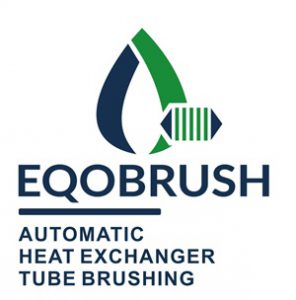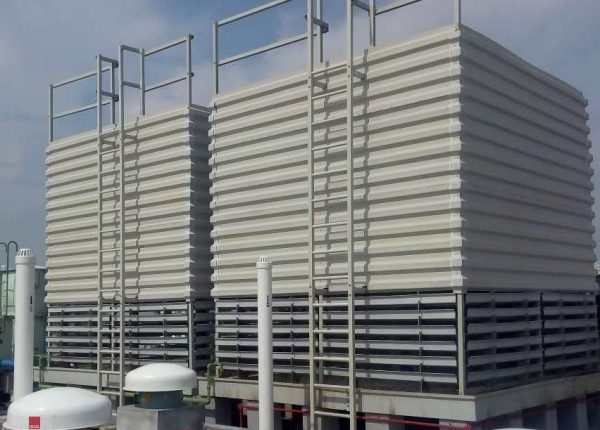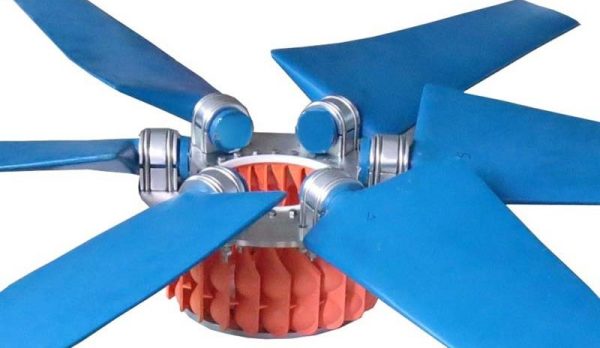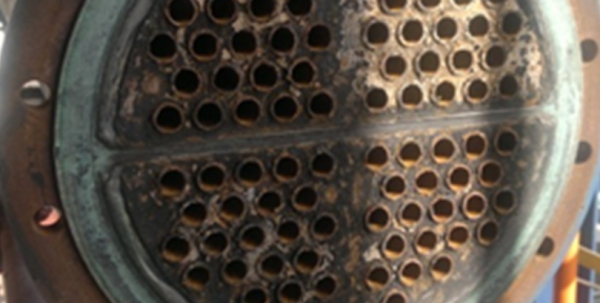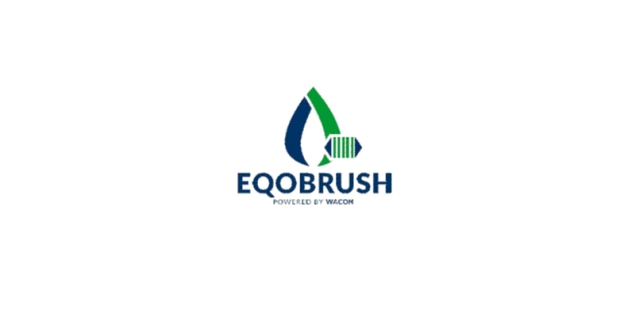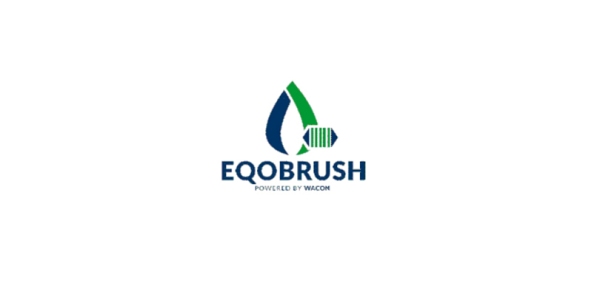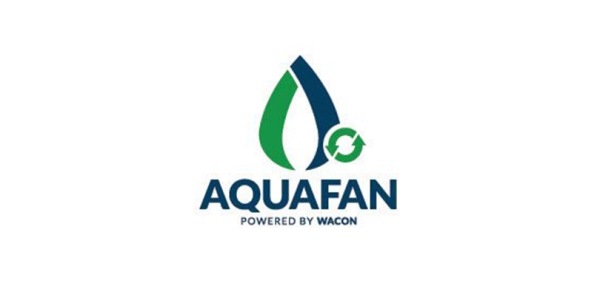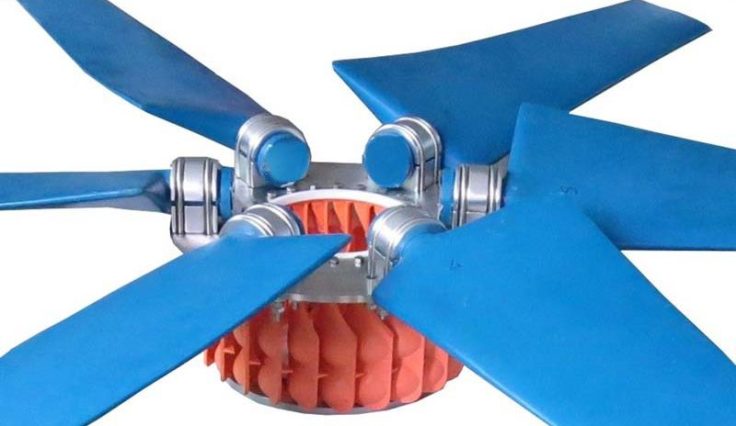The Eqobrush Automatic Tube Cleaning System for shell and tube heat exchanger and condensers keep the heat exchanger tubes free from fouling and scaling without interrupting operations. This allows optimized heat exchanger designs for top-performance at minimal energy cost. Manual heat exchanger cleaning will surely be a costly nuisance from the past.
Heat exchangers and chiller condensers suffer from fouling and scaling which is an inevitable problem when used in combination with open cooling towers. This will result in massive damages in capacity loss, energy consumption, maintenance, heat exchanger cleaning and equipment life span. About 50% of heat transfer resistance is attributed to fouling causing an additional maintenance budget of up to 8%, more than 10% of electricity cost of HVAC systems and around 0.2% of the Gross National Product or GND of industrialized countries like the United States.
The traditional way of dealing with fouling problems is through scheduled maintenance wherein installations are either mechanically or chemically cleaned which interrupts the operation. Numerous factors such as standstill, manpower, equipment, production loss and use of chemicals adds up to the whole fouling-related cost because of this.
Operational principle of Eqobrush
Eqobrush’features an electrically powered flow-reversal valve which can be simply installed on the supply and return pipes. These valves periodically (every 4 hours) reverse the water flow through heat exchanger for about 30 seconds without disturbing the flow to the cooling tower. The flow will return to its normal direction in less than a minute without any impact on the heat exchanger process during this momentary interval.
Nylon brushes are installed in PE catch baskets on both ends of each tube inside the heat exchanger. During the flow reversal cycle these brushes travel up and down the tubes propelled by the water flow and cleaning the heat exchanger by eradicating deposited matters from the tube thus preventing any crystallization and buildup. All the matters removed will eventually settle in the basin of the cooling tower.
The components of Eqobrush are designed to generate minimal additional pressure loss by either the brushes and baskets or the reversing valves.
Advantages of using Eqobrush
Preventing buildup of fouling in the heat exchanger has several advantages, they are:
- Reduce overall fouling related cost.
- Electric energy consumption in chiller condensers.
- Fossile energy consumption in industrial heat exchangers due to efficient heat transfer.
- Energy consumption in system pumps.
- Minimization of scheduled and unscheduled down-times.
- Save water in cooling tower.
- Save chemicals onmanual cleaning.
- Equipment life time extension.
- Reduction of capex for new projects.
Note: the reversal valves can also be used to automatically backwash plate and frame heat exchangers. During operation silt, sand, mud and other fine particles enter the plate heat exchangers and accumulate between these plates which then cause it to plug and promotes scaling and pitting. Periodic backwashing by means of a flow reversal valve removes any accrued solids and allows significantly longer intervals between interruptions of operation for heat exchanger cleaning.
About the Author:
Hubert Poels is one of the share-holders and Managing Director of Watco Group. His passion and commitment to help the environment and serve society is reflected in the innovative water cooling technologies the company offers. When he is not busy with his social responsibilities, he likes to research about remarkable contents while having a cup of his favourite coffee. He is renowned in the industry because of his dedication and extensive experience.

